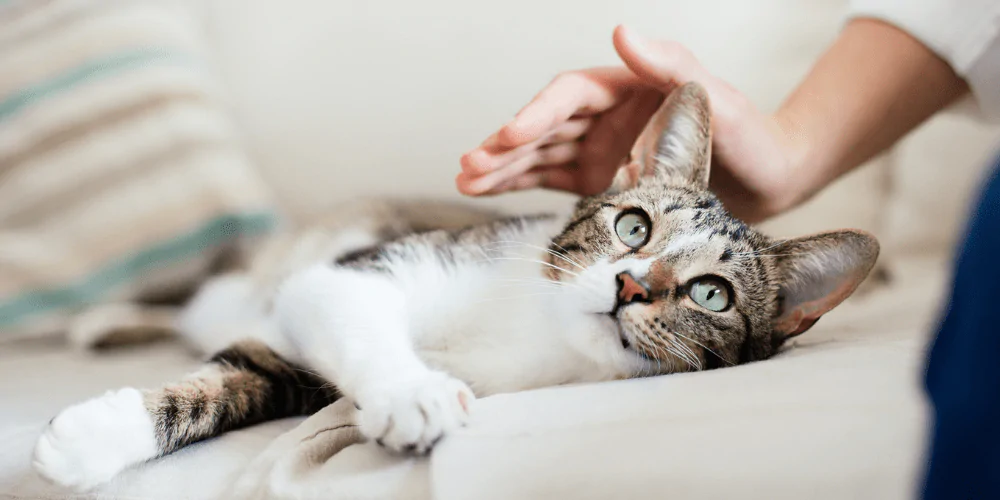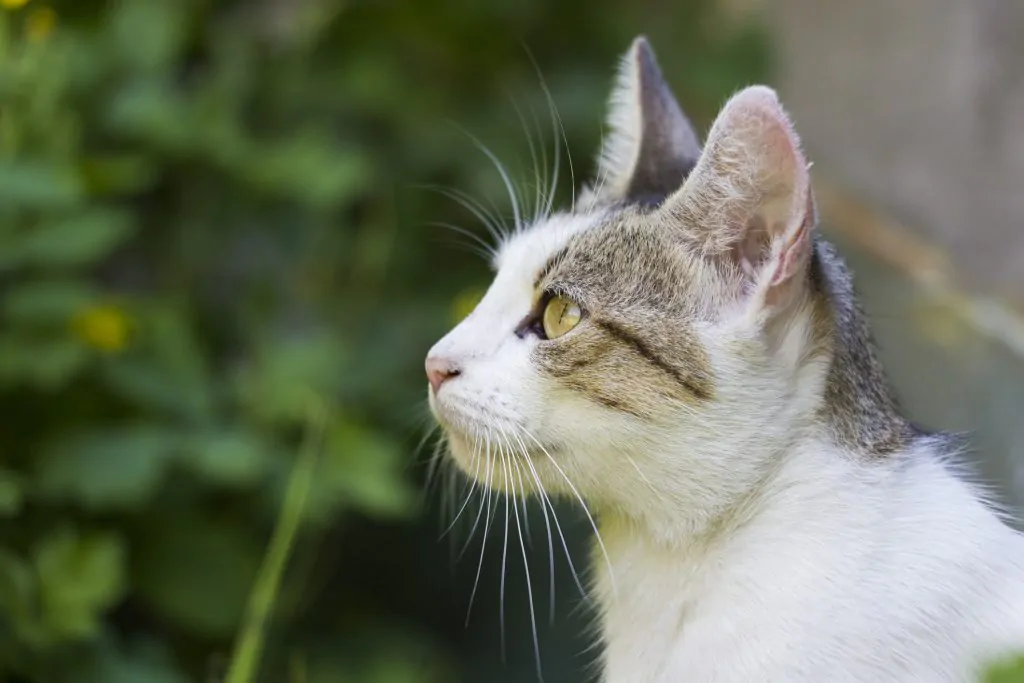
Wobbly cats in the spotlight – understanding cerebellar hypoplasia

Nadeesha Fernando
28 August 2025
If you’ve scrolled through TikTok recently, chances are you’ve come across videos tagged #wobblycat. With views up by more than 180% over the past month, these adorable but unsteady felines have captured the internet’s heart. But why are these cats wobbling in the first place?
What looks like clumsiness is actually the result of a neurological condition called cerebellar hypoplasia. While their unique walk may look concerning, these cats are not in pain – and with a little extra care, they can live long, happy lives. To shed light on this trending topic, we asked Dr Nicole Olewinski BVSc MRCVS to answer some of the most common questions about wobbly cats.
Why is my cat wobbling?
For kittens who have wobbled since starting to walk, the most likely reason is a condition called cerebellar hypoplasia, also known as “Wobbly Cat Syndrome.” For older cats, or if you’ve come across a wobbly stray, things like infections, injuries, dehydration, heat stroke or metabolic issues can also cause unsteady movement.
What is cerebellar hypoplasia in cats?
Cerebellar hypoplasia means the cerebellum (the part of the brain which coordinates and regulates muscle activity) didn’t fully develop before birth. Normally, when your cat moves, lots of muscles work together at the same time, with tiny adjustments to keep balance and aim movements. The cerebellum coordinates all those individual actions into one smooth movement. When it can’t do its job, the result is wobbles, shakes and tremors.
What are wobbly cat syndrome symptoms I should look out for?
Besides wobbling, head bobbing or shaking, watch for:
- Balance issues – standing with feet wide apart, stumbling, or falling over
- Difficulty aiming – missing the litter box, food and when jumping or reaching
- Intention tremors – shaky movements that get worse the more precisely your cat tries to do something
Should I go to a vet?
Yes. Don’t jump to conclusions about the cause of the wobbling. If it is cerebellar hypoplasia, your vet can’t cure it, but can help monitor growth, weight, and watch for new symptoms that may indicate additional problems. Teamwork with your vet means care that’s properly tailored to your cat’s needs.

What causes cerebellar hypoplasia in cats?
By far the most common cause is when a pregnant cat becomes infected with the feline panleukopenia virus. This can disrupt the brain development of the entire litter or just one kitten. Everything happens before birth, so it won’t get worse, but your cat will be accident-prone.
Can it be treated or cured?
There’s no cure because the brain’s development window is over by the time the kitten is born. While treatment isn’t possible, owners who understand their cat’s challenges can make a huge difference to how they enjoy and experience life.
Will my cat’s quality of life be impacted?
Cats with cerebellar hypoplasia aren’t in pain, and many go on to live long, happy lives. Because they’ve always been wobbly, they naturally adapt and find their own ways to get around and enjoy life.
What can I do to help my cat with cerebellar hypoplasia?
Here are some easy ways to make life safer and more comfortable:
- Keep your cat indoors or in secure outdoor spaces
- Minimise slipping with rugs and by keeping claws slightly longer
- Raised food and water bowls for easier aiming
- Large litter boxes to reduce mess
- Steps and ramps for activity with fewer accidents
- Pads on furniture corners to prevent bumps
- Safe-release collars with bells so you don’t trip over them
Insuring a cat with cerebellar hypoplasia
Here at Petgevity we offer lifetime cat insurance, including pets with pre-existing medical conditions. If cerebellar hypoplasia is diagnosed prior to taking out pet insurance, many insurance companies won’t cover it. However, we pride ourselves on offering fair and flexible options where possible. As such, we could cover wobbly cat syndrome and any injuries that may occur because of the condition, subject to acceptance*.
In summary
While cerebellar hypoplasia might look alarming at first, cats with this condition are just as loving, playful, and full of personality as any other feline. With understanding and a few small adjustments, they can thrive – proving that a little wobble doesn’t stop them from living their best lives.
If you have a cat with cerebellar hypoplasia, or any other pre existing medical condition, get a quote with Petgevity to see if we can cover you.
*Cover for pre-existing medical conditions is subject to acceptance. They will not be covered unless you have declared them and they are shown on your Confirmation of Cover.


